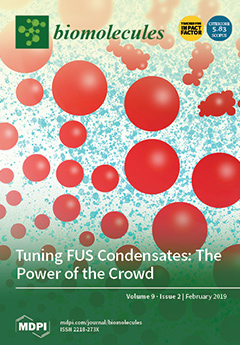Background. Though several studies about prevalence, etiology, clinical characteristics, preceding events, clinical management, and outcome of Tako-Tsubo cardiomyopathy (TTC) exist, the current knowledge of TTC remains limited.
Objective. In 2006, TTC was classified among the acquired forms of cardiomyopathy. On the
[...] Read more.
Background. Though several studies about prevalence, etiology, clinical characteristics, preceding events, clinical management, and outcome of Tako-Tsubo cardiomyopathy (TTC) exist, the current knowledge of TTC remains limited.
Objective. In 2006, TTC was classified among the acquired forms of cardiomyopathy. On the basis of pathophysiological implications, we analyzed whether the presence of ST-segment elevation in lead -aVR (i.e., ST-segment depression in aVR) and the simultaneous absence of ST-segment elevation in lead V1 allow a reliable differentiation of TTC from acute anterior ST-segment elevation myocardial infarction (STEMI). A further investigative feature is the seasonal variation of TTC. Since acute cardiovascular events exhibit definite chronobiological patterns, various small studies have tried to evaluate whether this is also the case for TTC. Because results are conflicting, we also conducted a multicenter study and analyzed the findings in context with a systematic overview of available studies.
Methods. We compared the ECG patterns of 115 patients with TTC, who were admitted to five large acute cardiac care centers associated with university hospitals in Southwestern Germany between January 2001 and June 2011, with those of 100 patients with acute anterior ST-segment elevation myocardial infarction (STEMI) treated in one of these centers. In addition, we performed a computer-assisted MEDLINE search of the literature from January 2000 to September 2011 and analyzed the chronobiological patterns of available TTC cases, including our TTC cohort.
Results. Testing the predefined diagnostic criteria was superior to any other electrocardiographic finding and differentiated TTC from anterior STEMI with a sensitivity of 73%, a specificity of 84%, a positive predictive value of 63%, and a negative predictive value of 89%. Beyond that, the onset of TTC showed a clear variation as a function of season and month. While events occurred most frequently during summer (38.4%,
p < 0.01), the event rate was the lowest in autumn (16.4%) and winter (21.9%). Chronobiological analyses on a monthly basis identified a significant annual rhythmic pattern in TTC, which peaked in August (11.9%;
p < 0.01) and had its nadir in November (6.3%).
Conclusions. Our data illustrate that the ST-segment changes in leads aVR and V1 represent a simple and accurate ECG criterion to differentiate TTC from anterior STEMI in patients who are admitted within 12 h of symptom onset. Similarly, the results of our seasonal analysis indicate a distinct chronobiological variation in TTC occurrence. TTC, thereby, differs from major acute cardiovascular diseases, especially acute myocardial infarction (AMI), which is characterized by winter peaks and troughs in summer. If these results are confirmed in large independent cohorts, they may yield diagnostic implications, changing the regular invasive AMI management in TTC patients.
Full article






